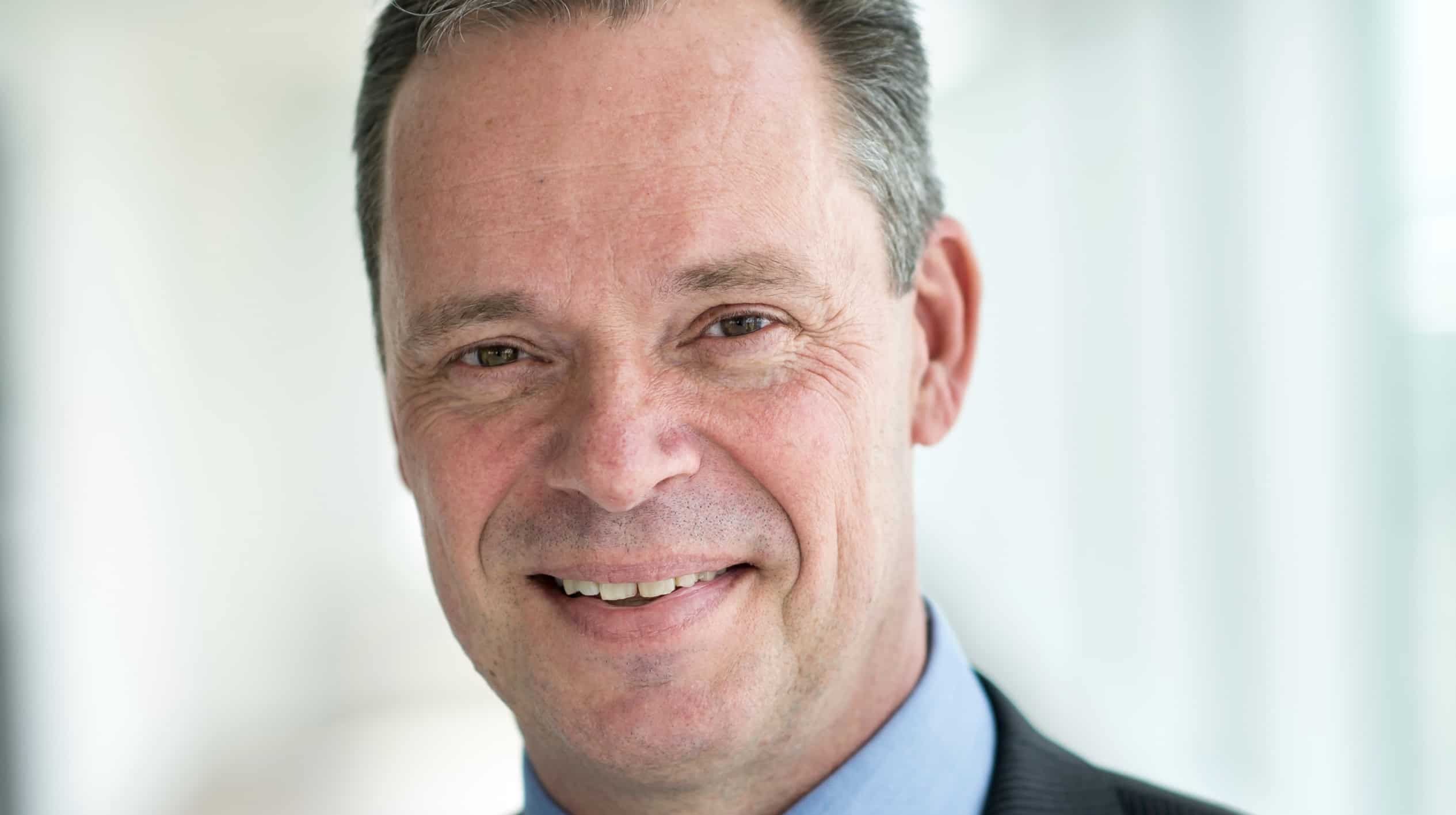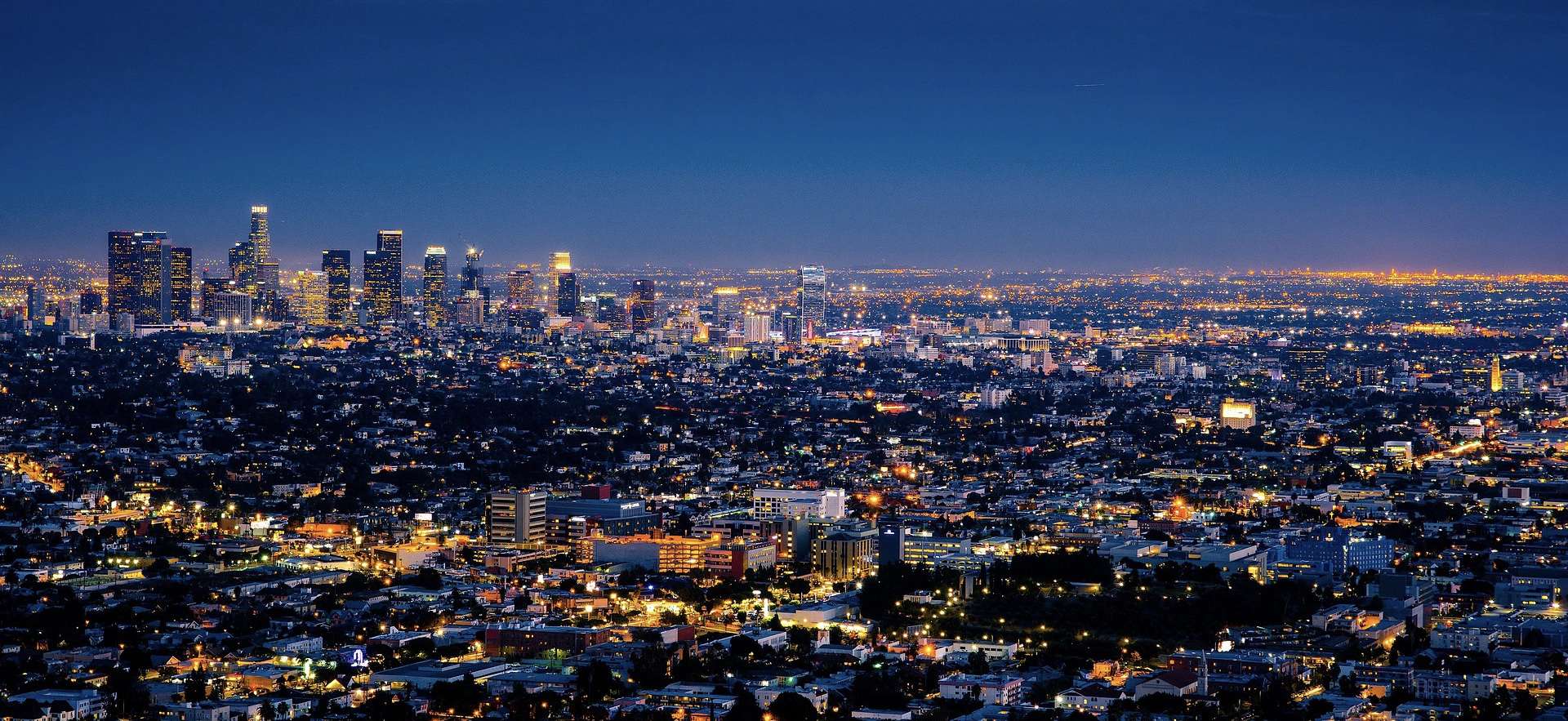Interview Efficient Lighting
According to the IPCC and the IEA, energy efficiency has to do two thirds of the job of keeping global warming below 2°C. With four light points per human being on the planet – or close to 30 billion in total – lighting is a technology that plays a central role in climate mitigation, says Harry Verhaar of Signify. Yet, Verhaar explains in an interview with Communication Works: Rational arguments won’t be enough for the energy transition. The psychological game changer is to be socially inclusive.
14. January 2019

Harry, what are your reflections on COP24?
We are still moving too slow in converting the Paris Agreement into action. And I think there are two reasons: Climate change is not seen as a threat to humanity. And it is not embraced as a unique opportunity to shape a more prosperous and more inclusive 21st century.
What exactly do you mean by more inclusive?
If we move to more sustainable technologies, we will be able to provide more affordable services to all humanity. We focus a lot on more efficiency for lighting. But there are also 1.1 billion people who don’t have access to energy at all. If we can provide sustainable technologies such as solar lanterns, we can drastically reduce spending on kerosine. And kids can do their homework. That’s why sustainability also means more inclusive.
That’s not exactly what the “yellow vest” movement seems to think right now.
The whole psychological part is something we have to consider, not only the rational decision why the switch to sustainable energies make sense. We have to look at how we can make this an inclusive transition for our societies. So, there’s a lot of work ahead of us. Otherwise the social unrest we see right now might just be the tip of the iceberg. One example: There are two times more subsidies on fossil fuels than there are on renewable energy. So, the longer we wait and the more we hesitate to do what potentially can also bring us more prosperity, the more we are at risk of not making the switch and of more profound disruptions.
At the World Sustainable Energy Days, you speak in the Smart E-Mobility Conference. What has lighting to do with e-mobility?
Lighting and mobility are connected in several ways. First, lighting is a technology that needs to contribute to climate mitigation. Energy efficiency has to do between half and two thirds of the job of keeping global warming below 2°C according to the IPPC and the IEA. That means accelerating renovation of existing buildings. Thereby, we can free up the electricity to electrify transport. 85% of the electricity for lighting is used in buildings. Renovation rates are currently slightly above 1% per year and they need to at least double and go to 3%. If we don’t do that, then in 2 decades we would need an additional amount of electricity for transport as is currently consumed by Europe per year.
Secondly, the good news is, that all these new technologies are digital. They will make both infrastructure and buildings smarter, allowing for better load management in the whole charging infrastructure. There is not only a big link between energy and carbon, but there is also a practical link. When you renovate buildings, you put in charging devices and digital technologies that help manage the electric fleet.
Digital is key. Signify has developed an IoT platform that combines big data processing and analytical functions like machine learning. Does that mean light bulbs will collect data now?
Yes. Several months ago, we launched our open IoT platform, called “Interact”. Most of the electricity grid is based on lighting. And lighting was the first service that came with electricity. Remember, our great grand parents’ first electrical appliance was an incandescent light bulb. In a way, it’s only natural if lighting is also becoming the backbone of a smarter grid.
We have launched Interact as an open platform so that other people, companies, and local authorities can develop additional apps, or other services. For example, lights could be equipped with sensors to measure air quality. All kinds of things are possible, but that kind of data will go to users and owners of these other applications, not to us.
There are currently close to 30 billion light points in the world. If those become digital, that can accelerate the integration of smart infrastructure quite a bit. You can optimize the performance in terms of energy efficiency, but you can also optimize performance in terms of the applications that you hook up to this infrastructure.

In Los Angeles, you are one of the city’s partners to develop smart infrastructure. What is this project about?
The smart lighting in Los Angeles helps save energy. Close to 10 million dollars per year, or about 2 thirds of the electricity they used for their streetlights before. At the same time, LA is testing other sensors in the streetlights. For example, triangulation of sounds. It sounds complicated, but let me try to explain with an example. If streetlights are able to sense sound, they can immediately identify what that sound was. Was it a gunshot? Was it an accident? Through the smart infrastructure, the police or an ambulance can be alerted and can respond both more adequately and more quickly.
Do you see any integrity risks with the large amount of data collected through smart lighting?
The availability of data, whether digital or on paper as in the old times, always needs to be managed carefully, with security and all kinds of protocols.
LED light itself allows for what is called better vertical recognition. The World Council of City Data, a large city association that measures sustainable city performance, have measured the effects of smart street lighting in ten cities, including Los Angeles and Buenos Aires. The results confirmed energy savings of up to two thirds. They also found that nighttime traffic accidents were reduced by thirty percent and street crime such as burglary, assaults and robbery, were reduced by 21 %. So, there’s a lot of opportunity to improve city services.
In Toronto, a smart city project was stopped by resistance from the population
I do not know the details of that project. But like I mentioned, the Interact platform is an open platform. We really look at the lighting vertically: How to improve the lighting performance in terms of energy bill and carbon reductions. We also provide services like reducing accidents and street crimes and monitoring air quality, or managing traffic flows.
You could also use it to monitor and optimize work floor utilization. So, when people get into the office, then the lights can detect where people are sitting and working and where not, allowing to use the entire building more efficiently. It can reduce costs, and again we see the examples of cities which can, by monitoring traffic flows, improve the safety.
How many times have you been at the World Sustainable Energy Days?
I have been there six times since 2006.
What makes you come back so regularly?
Back in 2006, there were not so many events on sustainable development and climate change as there are today. In other words, the WSED and the Upper Austrian Energy Agency with Christiane Egger were true pioneers. They were the first to bringing together the public and private sector and I very much value that. So, apart from all the exciting topics and participants, I think that as a pioneer, you deserve ongoing dedication.
Actually, in March 2006 we presented what could be gained in terms of climate mitigation when changing lightbulbs in buildings. And that was a bit of a prelude to December 2006 when we made a call for phasing out incandescent light bulbs. It was a symbolic moment, only one month after Al Gore’s movie “An Inconvenient Truth”. At the time, about 2/3 of our sales volume were incandescent light bulbs. And when called for phasing them out, we were the first company to gradually move towards the end of a mass appliance that we were actually producing. It was world headline news!
Last quarter, 70% of our turnover was LED and in 2020 all LED that we put on the market will be IoT connected or connectable. What you see from that is that whereas in 2006 lighting used 19% of global electricity, last year in 2018 it was down to 13% and in 2030 it will be down to 8%. Our view is what we are doing is right, also for our own company’s survival.
Now the phase out of incandescent lightbulbs was also a bit of a case of resistance in Member States. The EU has been pretty much criticized by citizens for that decision. What are the learnings?
I think the learning from this is – and that is true for all transitions – that there is not only a rational part, the decisions, designing the framework, but there is also a bit of psychology. We see here, and I have been in many debates on incandescent lightbulbs, that there is a lot of resistance to change, because people see more clearly what they think they will lose, and it’s more difficult to see what you gain in the future, because you do not have it yet. The change from fossil fuels to electric driving was seen as a bit futuristic in the beginning. But now, people find it cool and even more comfortable.
The interesting thing is, that in the developing countries, there was not much of a debate about changing from incandescent lightbulbs to LED. There, they think that every change is good as they do not have not much to lose. But in more prosperous societies, there is this psychological resistance to change.
The last one to leave turns off the lights. That’s what we used to say in the 80ies. Meaning: the most efficient use of lighting is to not use it all.
I would say, when light is not needed you should still switch it off. Actually, connected lighting can do this for you, as you can program it. In our home, we have programmed it in the evening. So, if anybody forgets to switch it off, it will be done automatically when no people are around.
Light is not only crucial for life on Earth, smart lighting is really important for the future as we need to act on climate change, and it’s important for socio-economic prosperity. So, switch it off, and have it switched off automatically, when not needed, but then use it smartly and dedicated to people’s quality of life.
Harry Verhaar is Head of Global Public & Government Affairs at Signify
(previously Philips Lighting)
Interview by Sabine Froning and Niels Reise, Communication Works.
The World Sustainable Energy Days in Wels, Upper Austria, take place from 27 Feb. to 1 March 2019. Registration: www.wsed.at